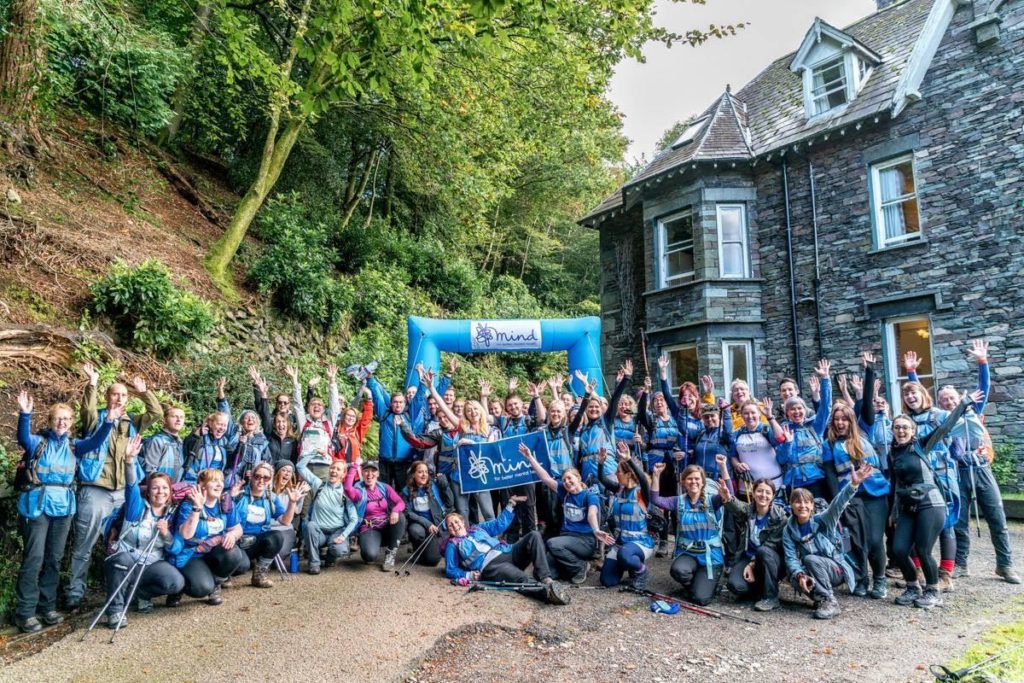The following article was written in 2013, but the contents and thrust remain relevant today, and we hope that anyone involved in the marketing of a brand for a rare disease will benefit from reading it.
Anyone involved in the marketing of orphan drugs for rare diseases must, at moments of weakness, surely have wished for a magic wand. One quick wave, say the magic word and ‘WHOOSH’, all of a sudden patients who have been slipping through the net are finally recognised as having a rare condition. A clinician, somewhere in the patient journey, finally joins the dots and realizes that this unusual pattern of symptoms is typical of ‘Mystery’ Syndrome and, at long last, the patient is prescribed your orphan-designated drug.
Sadly, outside of Harry Potter’s world, there are no such easy fixes, and marketers have to fall back on more mundane ways of unearthing patients who would benefit from their product. At this point it probably helps to relate my own personal story regarding Fabry Disease, as it will highlight some of the commonest ways in which patients are missed.
A personal tale
Back in the mid-90s, family life became more difficult because a mysterious malaise started to affect my wife. The symptoms were a peculiar mixture of constant exhaustion, GI problems and ever-present, low-level pain in the extremities. Even though we knew that her father had died young of a mysterious illness called Fabry Disease, we also ‘knew’ that it only affected males. This was confirmed in our minds because her much older sister, who must have inherited the same defective (but recessive) gene on one of her X chromosomes, had never suffered any ill-effects.
Support from the GP was reasonable, but unsurprisingly he was as puzzled as we were. There then followed referrals to a neurologist (fruitless) and a gastro-enterologist (equally fruitless, but physically invasive and unpleasant). Then we had a stroke of luck: the agency I was running was approached by Genzyme to help them launch a product for Gaucher Disease and in my background research, there were many mentions of Fabry and in particular, symptom manifestation in female carriers. Immediately the penny dropped and when we listed out my wife’s symptoms, it turned out to be an almost perfect checklist for Fabry Disease.
Again, through my industry connections I learnt that one of the few ‘go to’ specialist clinicians was Tim Cox at Cambridge, and we persuaded our GP to refer us. My clearest memory from that consultation was his surprise that until this moment, nobody had bothered to take a full case history. He maintained that if they had, it would have been clear what the cause was very early on in the process.
The final part of the story worth mentioning is that, although we subsequently became loosely involved with the Fabry patient support group, it was very unlikely to have played any role in our lives before diagnosis.
Lessons learnt
My personal experience must have been repeated many times over the years across different rare diseases and there are clear lessons to be learnt from it.
Firstly, even well-informed patients and their families can, for whatever reason, be ‘in denial’ about their family history, or at least be reluctant to push the agenda with their doctor.
Secondly, GPs have too broad a focus and Hospital Specialists too narrow a focus to be alert to rare disease symptom spectra. It’s as if the medical profession as a whole is equipped with a diagnostic microscope but with some lenses missing.
Thirdly, the value of taking thorough case histories has somehow been diminished in the modern era. We have the most wonderful diagnostic tools at our disposal, but they only highlight detail and often blind clinicians to the bigger picture.
Finally, patient support groups are not the gatekeepers to patient identification. They have an important role to play, but only when confirmatory diagnosis ‘pings’ an individual patient on to their radar screen.
Options open to the orphan drug marketer
If money were no object, then perhaps the first three points from the lessons learnt above could be tackled, but that will never be an option. There has to be a sensible decision taken regarding ROI, and to help us with this it’s worth considering the broad categories of patient in a rare disease population:
- Diagnosed patients
- Affected individuals who are under medical care but not correctly/definitively diagnosed
- Affected individuals with symptoms, possible presented to their GP and a hospital specialist but not yet seriously engaging the healthcare system
- Affected individuals, currently not seriously affected by symptoms of the disease (or in denial) and have not presented to a HCP
Of these, the second group probably represents the best target and tactically, there are a number of initiatives that the orphan drug marketer can employ to identify them.
- Focused dialogue – with specialists that encounter the individual symptoms from within a rare disease spectrum. For example in the case of Fabry disease, this would include nephrologists, neurologists, gastroenterologists, ophthalmologists and even cardiologists
- Case study dissemination – individual case studies can be very revealing about typical patient journeys. Every ‘touch-point’ on that journey should be seen as a target for receiving the case study
- Literature reviews – can be used to identify the authors of case studies who have the potential to be ‘champions’ for a particular rare disease
- Education/awareness campaigns – if properly conducted and realistic objectives set, these can be highly effective and the modern, social-media, tech-friendly world gives us tools to use that even 5 years ago were unavailable
It can seem like a daunting task to identify patients who can benefit from the incredible scientific and human resources committed to bringing an orphan drug to market, but the rewards for everyone involved – the patient, their carers, doctors, and of course the manufacturer – are well worth the effort.
A needle in a haystack can be found – you just need the right approach, the tools for the job, and belief.
Postscript
Since this article was first written, Dice has been fortunate to work on six rare disease brands, for clients such as Alexion, Amicus, Biogen, Recordati and Santhera. Our experiences echo the sentiments of the article.
On the whole, working in rare diseases can be very rewarding, and it’s very satisfying to know that you can make a real difference to people’s lives. For example, our client Santhera had a letter from an ophthalmologist who said that our disease awareness campaign for Leber’s Hereditary Optic Neuropathy (LHON) had alerted him to a patient he had recently seen with a mysterious loss of vision. The symptom checker made him realise that he was faced with a patient with this rare condition and he was able to intervene to save his sight.
That really does make our job feel very worthwhile.
Rare Disease Day is taking place on February 29th, 2020. To find out more about Rare Diseases, you can visit the Rare Disease Day website here




